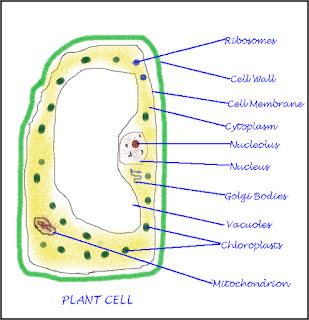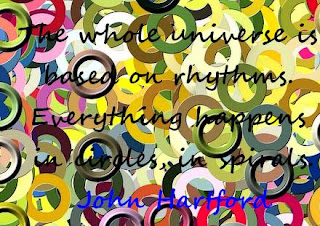Garbage In Garbage Out
 |
| Landfill (Image Courtsey: pixabay) |
Class 6 - Science - Worksheet
Fill In the Blanks
1. Solid waste generated in our homes is called domestic waste. It is commonly called as ___________.
2. ________ are the large open areas used to dispose solid waste.
3. ________ are called farmer's friends and are used in vermi-composting.
4. _______ is a domestic liquid waste.
5. The rotting and conversion of some materials into manure is called _____________.
Mark True or False
6. Compost is an organic matter used as fertilizer. (T/F)




